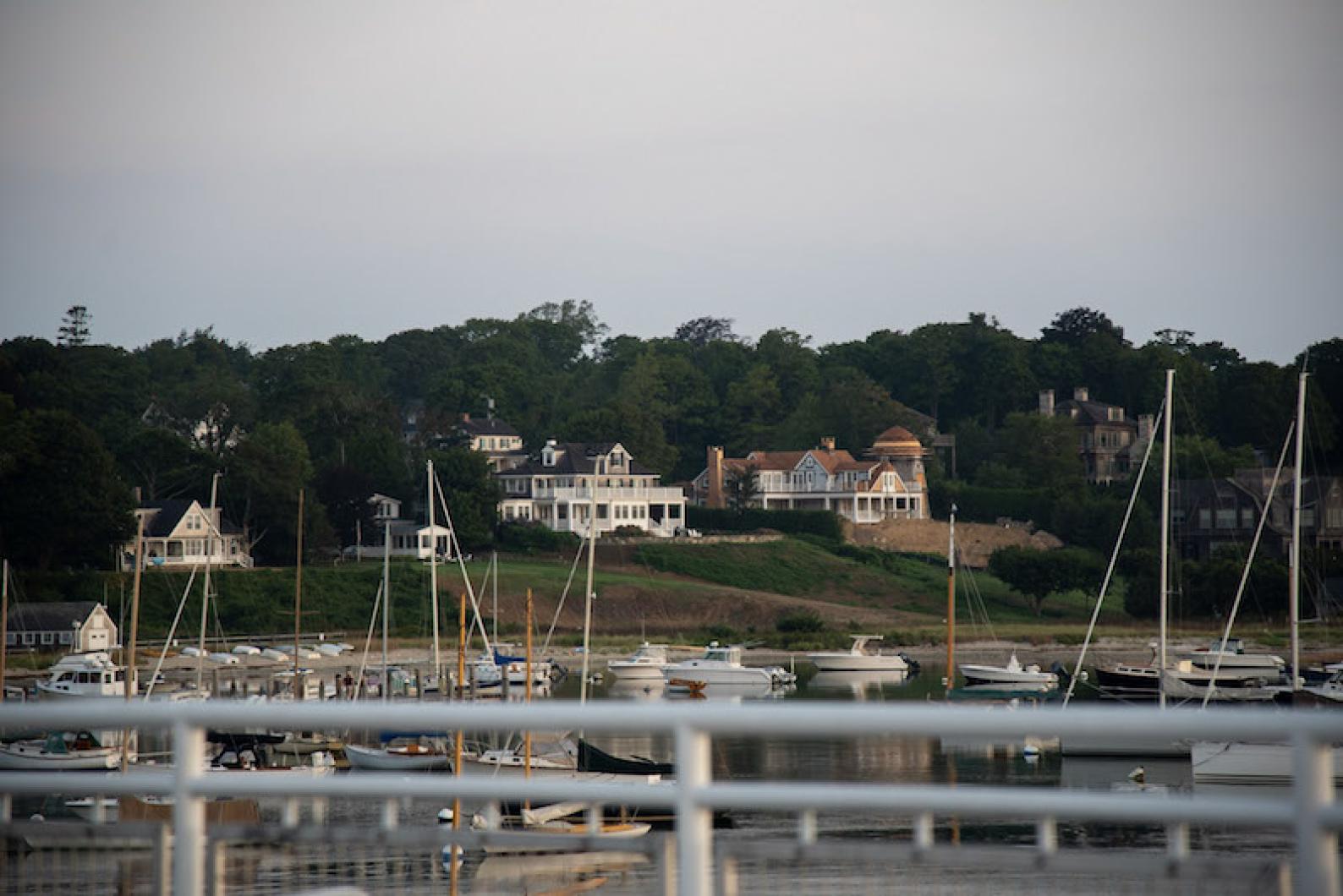The Martha’s Vineyard Commission trudged through a review of its development of regional impact (DRI) checklist Thursday night, green-lighting in concept a variety of changes that will expand the regional commission’s scope of review over certain developments.
But commissioners held off on voting on the full revised document after a painstaking item-by-item review in a three-hour meeting over Zoom.
A vocal minority of commissioners continued to express their concerns about the changes.
The DRI checklist is a list of criteria that trigger a review by the regional planning commission on development projects. Size, environmental impact and land use are among the many factors taken into consideration. Some project reviews are mandatory, while in other cases, such as a modification to a previous development, the commission will decide whether it needs a new review. By charter, the commission is required to update the DRI checklist every two years.
This year, a subcommittee headed by commissioner Fred Hancock has labored over proposed changes to the checklist, coming before town planning boards and holding a series of public hearings on the proposals earlier this summer. Planning boards and a few developers bristled at some of the changes, calling them over-reach by the commission. As a result of some of the feedback, the commission tabled a so-called “big-house” bylaw that would have required review of new residential home construction over a certain square footage.
But other criteria remain on the checklist, including one that that will require smaller subdivisions to come before the commission for review.
On Thursday, commissioners agreed to lower the threshold for subdivision review from 10 lots to five. In rural areas, the number was reduced from five to three. In response to concerns from affordable housing developers, an exemption was added for deed-restricted developments, which will still fall under the 10-lot threshold, assuming they follow commission water and energy guidelines.
Most members of the commission spoke in support of the changes, calling them as a necessary shift in commission policy, designed to look more closely at the cumulative impacts of increased small development on the Island.
“The feeling was that with the areas of development in the Island sort of shrinking, in a lot of extents, that smaller developments are potentially going to have a larger impact on the Island, in those areas, especially in water quality and in energy and in community housing,” Mr. Hancock said. “That’s the main reason that we wanted to reduce these thresholds.”
But throughout the night, commissioner James Joyce and on occasion commissioner Josh Goldstein countered those arguments, positing that the changes would hamper development projects that are needed in an already challenging economic climate.
The vote in favor of the lower lot threshold for subdivision review was 14-2, with Mr. Joyce and Mr. Goldstein dissenting.
“We had a couple of planning boards, both Oak Bluffs and Edgartown, that said we didn’t need to reduce the number from 10 to five,” Mr. Joyce said. “When a lot of this stuff was established, the local boards weren’t as well equipped to handle this as they are now, so I don’t know that there’s necessarily even a need to change it.”
Mr. Goldstein went further, suggesting that the entire DRI checklist remain unchanged considering the pandemic.
“We are moving in extraordinary times here,” Mr. Goldstein said. “Perhaps we should just table this until our next DRI review, and see what the world brings.”
But the commission forged ahead and ultimately approved the vast majority of the changes.
Other changes include a reduction in the residential square footage exemption that triggers commission review for commercial and mixed-use developments — lowering the exempted square footage from 2,000 to 1,400 square feet. The commission also reduced the review threshold for multi-unit developments from 10 units to five, and approved a change to its automatic trigger for historic demolitions.
Under that change, proposed demolition of historic buildings that are 100 years old, rather than buildings built before 1900, will have to go before the commission for mandatory review. Complex changes to the commission’s parking lot policy were also approved, along with a reduction in the number of acres of significant habitat disruption triggering review. The acreage requirement was reduced from two to one.
The commission did loosen its threshold for restaurant review from 50 to 80 seats in a business district, and approved a change that would only require referral for restaurants outside business districts if they are fifty or more seats.
A vote on the full document will be scheduled for a later meeting.
“We have completed a very laborious task,” commission chairman Doug Sederholm said as the meeting came to a close near 10 p.m. “We didn’t always agree on things, but we had a good, thorough discussion.”
In other business, executive director Adam Turner said the commission had filed the written decision on the Meeting House Place subdivision, and a 20-day appeal period began Wednesday. The commission denied the project in a 9-4 vote earlier this summer.
Commission water resource manager Sheri Caseau also reported that she had recently found cyanobacteria — a toxic, blue-green algae that sickened a man in Chilmark Pond earlier this summer — in Island ponds, although she did not specify which ones.
Ms. Caseau said she was taking water samples and conducting tests, and would be looking to get a grant to monitor and test all Island ponds.
Ms. Caseau, contacted by phone and email, could not be reached for further comment Friday.







Comments (5)
Comments
Comment policy »